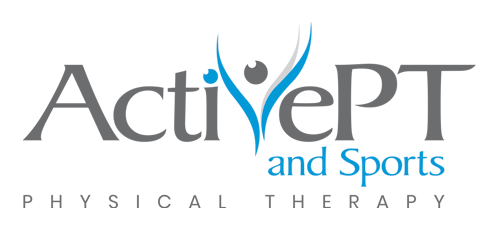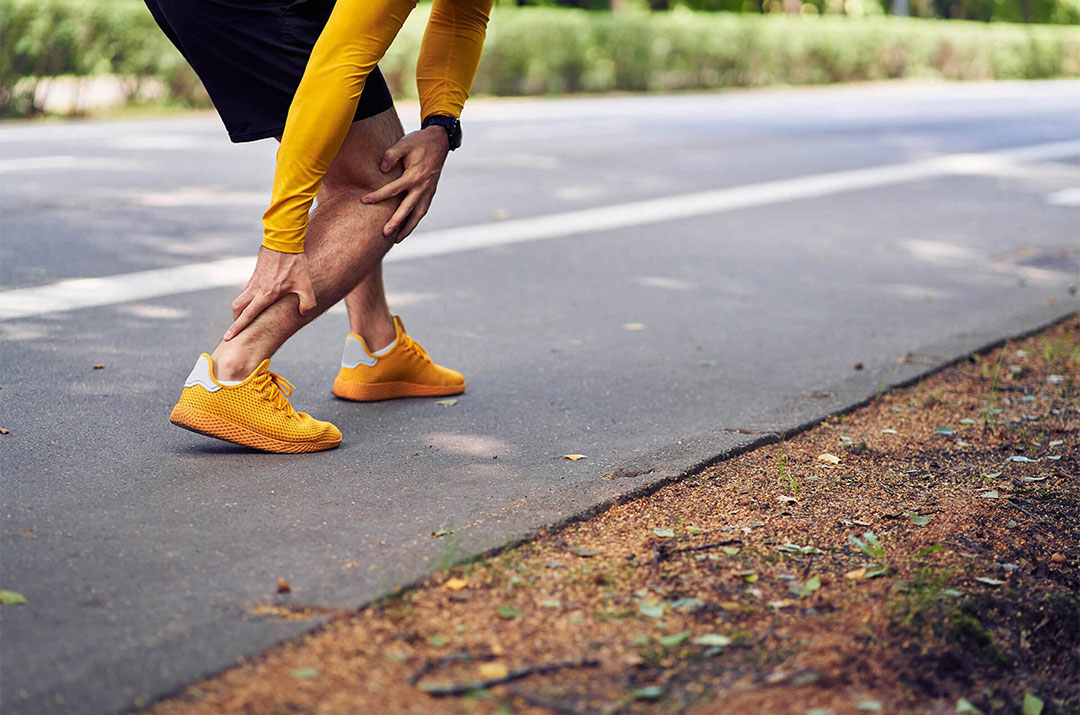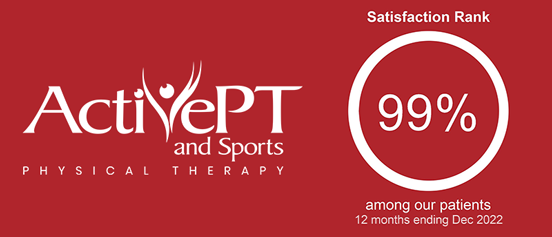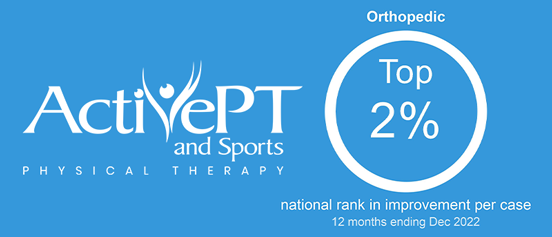by Garrison Jones, DPT, Cert. DN, CSCS
If you’ve ever experienced Achilles tendon pain while running or training for a race, you know it’s a frustrating issue. Pain in the lower calf or back of the heel can limit your intervals, hill workouts, and may even cause you to limp the day after a run. Your Achilles tendon plays a key role in your running performance during training and on race day.
Your Achilles tendon is an elastic structure located on the back of your lower leg. It connects your two calf muscles, the gastrocnemius (larger, upper muscle) and the soleus (flatter, lower calf muscle) to the back of your heel. When healthy, this tendon helps you lift your heels off the floor and push off when you run. When painful, this tendon will make running uphill and running at faster speeds more difficult. Achilles pain or tendinitis is typically located right over the tendon and usually does not refer to other locations. It does not cause tingling, numbness or other symptoms. However, it can be quite tender to the touch and even swollen at times. Learning how to prevent this type of pain is important for all runners to understand. Learning how to treat Achilles pain once it has started can become a critical part of success on race day.
WHY DOES MY ACHILLES HURT WHEN I RUN?
Runners often struggle with Achilles tendon pain, tendinitis, or tendinopathy while training for a race. All three of these three issues are typically caused by the same problem: you are loading your Achilles tendon with more than it is trained to handle. This is an elastic structure and can be overloaded like any other structure in our body. Consider common reasons why your tendon may be overloaded:
- Running too fast
- Running too many hills or hills that are too steep
- Poor running form causing overpronation (rolling inward of the foot)
- Repetitive running without sufficient recovery time between runs
- Poor squat form during cross training (knees going past toes)
SELF-HELP TIPS FOR RUNNING WITH ACHILLES PAIN
Load Your Achilles Tendon Slowly Over Time
The most critical part of preventing Achilles pain from running is to SLOWLY load your tendon over time. Hill workouts and speed work are an important part of improving your race time but can be detrimental if you start them too fast. If its’ been a while since you’ve run, start with a short run and a plan to build up over time. Have a training program before you start your first run. This can help reinforce the importance of starting with only a mile or two if you haven’t run a long distance in a while. If are new to running and pursuing your first 5k, starting small is critical. Look for our couch to 5k program and start with no more than a half mile. Keep speed or hill workouts to once each week and sprinkle them in slowly. Last, slowly increase your tempo runs over time rather than pushing your pace too fast and getting injured.
Add In Cross-Training
Next, cross-training is an excellent way to get your Achilles tendon prepared for running. Heel raises, especially if you lower slowly, can help to improve the amount of running your Achilles tendon can tolerate. Substituting cross-training days for running days twice each week can help allows tendons to recover from the repetitive stresses of running. Weighted exercises and plyometrics can help prepare your tendons for more load. Strengthening and training your hip muscles during cross-training workouts may also help improve your running form!
Change Your Shoes
Last, your training program and race can often be saved with a change in your shoe wear. Start by researching the “offset” or “drop” of your running shoes. This is the difference in height between the heel and the forefoot of your shoe. A higher offset is like wearing a higher-heeled shoe, it reduces the pull on the Achilles tendon when running. Switching to a shoe with a higher offset, we recommend >8mm, can often reduce pain while you train. In the Rochester, MN area, we lean on the experts at TerraLoco to help choose shoes with a higher offset when Achilles pain limits your running. If new shoes are not in the budget, try adding a heel lift in your shoe under the cushion insert. If you have a sensitive low back, only add a little at a time and consider adding one to both shoes.
WHEN TO SEEK HELP
Modify Running Based On Symptoms
If you already have Achilles pain or tendinitis, it’s time to run smart. Our goal as physical therapists is to always modify rather than tell you to quit. The risk of Achilles tendon rupture is very low in long-distance runners. That means that modifying your training in smart ways can still allow you to run. Consider reducing or eliminating hill and speed workouts. Focus on at least 10 minutes of gradual warm-up from slow walking to fast walking before starting your training runs. Dynamic stretching is key to properly warming up your Achilles before a run and can help reduce pain. Focus training on tempo and long runs and low plenty of recovery by running every other day. It’s always better to finish your race than be sidelined completely.
If you are struggling to run with Achilles tendon pain or a running-related injury, we can help. Get your questions answered by one of our running specialists with a free 15-minute screening appointment. Our physical therapists will help answer questions and get your training back on track. If you’re looking to meet a key goal or take your running to the next level, check out our running performance packages.




